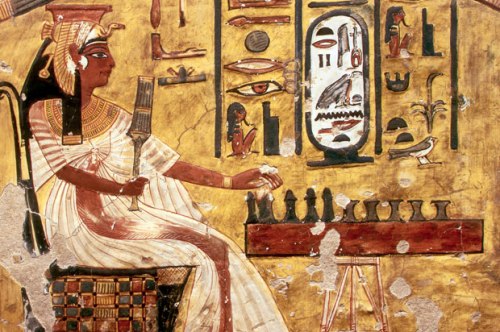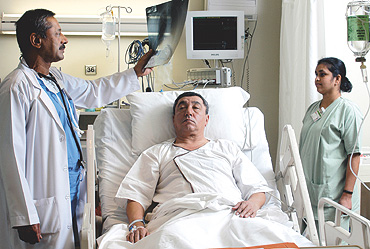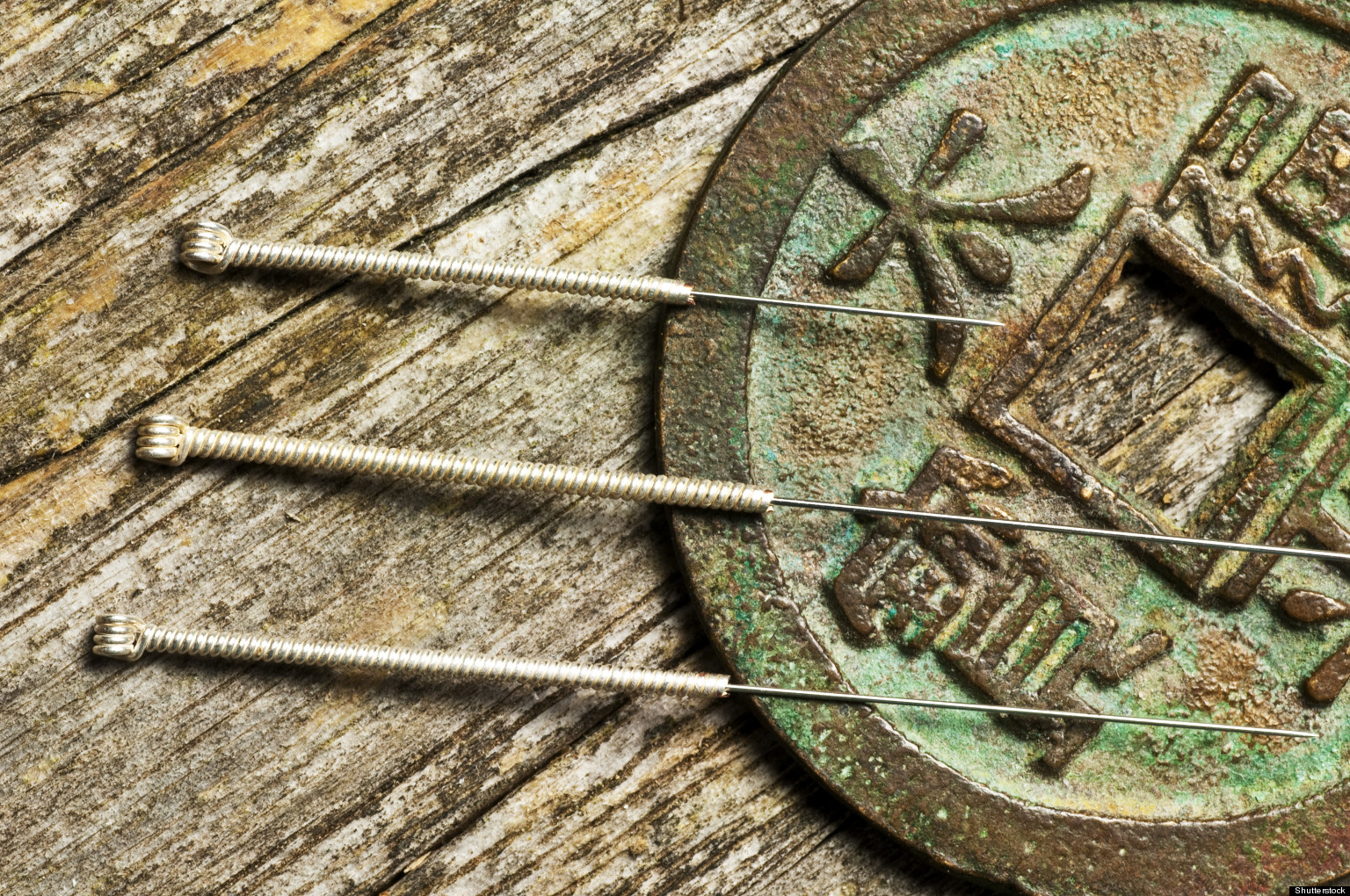Hello my lovely friends. Welcome back to my fifth and final blog post about medical diversity. I know for each post I say that I am excited to tell you about what I learned but this one is by far my favorite. Soon you will find out as to why. As always, I hope you enjoy! 🙂
Ancient or Modern Medicine?
“The interdependency of humankind, the relevance of relationship, the sacredness of creation is ancient, ancient wisdom.”
Rebecca Adamson

As usual, let start from the beginning. As any other culture, Egypt had their own special way when it came to medicine and healing practices. What many people do not know is many of the practices they used as far back as 2700 BCE are still used in medicine today. In fact, many of Egypts practices were so advanced they were not surpassable my Roman or Greek medicine which where the “leaders” of their time. It is truly mind blowing, I know! Their knowledge of medicine was very advanced. They knew that disease was able to be treated by pharmaceuticals, massage, and aroma. Egyptians were also very big on cleanliness. This is how there was a low mortality rate in their population. Even though they had some of the key concepts that we follow today in healthcare, the ancient Egyptians did not understand the reasoning being diseases or needing to be clean until the Germ Theory came about in the 19th centruy. For ancient Egyptians it is easier for them to understand an injury. For an injury, there is a specific cause and then an effect that comes from that cause. On the other hand disease is not as easy to understand. For example, take someone who get cancer. In an Egyptian’s eyes centuries ago there is no real clear cut reason as to why that person got cancer. This is why disease is harder to understand than injury. So since they cannot find a natural cause of disease Egyptians have to some up with another cause. Disease in their eyes is the result of a sin and if there is no apparent sin that is taken place then it is a result of a demonic possession. This is one of the instances that the Egyptians believed that magic spells were the logical cure for a disease. Aside from these few differences, the basis that the ancient Egyptians build in the medical field lead to some of the most frequently used practices in medicine today.
Ancient Egypt in the Modern World
“Ancient wisdom is the medicine for the modern world.”
Don Howard

Unlike my other post, I am not doing the modern side of medicine in Egypt. Honestly that is kind of impossible. Egyptian medicine was so advanced in its early years that many of the practices that they used thousands of years ago were finely tuned and are still used today. So instead of telling you what Egyptian medicine looks like now I will tell you the practices they used in the ancient world that are still used today! First and foremost comes one of the things that is used in every aspect of medicine. You guessed it. Anesthesia! Egyptians are known as the forefathers of anesthesia and pain relief. They established some of the first forms of narcotics by finding the pain relieving ability in natural herbs such as lotus, water lily, poppy, and more. An example to show how advanced Egyptians were to the rest of the world is seen when comparing them to Europeans. Europeans were barely discovering the general power that natural herbs had at the same time that Egyptians were using them for pain relief and anesthesia. Another modern medical practice that we use today which came from the Egyptians is the process of splinting broken bones. The process of splinting is in some of the oldest journals that we have recovered from ancient Egypt as well as studying the mummies they preserved. The typical material that the splints were made out of was bark and they were often padded with linens. These along with so many other things are just a glimpse of the advantages that ancient Egyptians had above us centuries ago and how they played a huge role in our lives today.
Well folks, that is all that I have for you. Reflecting back on researching the ancient Egyptian ways it makes me realize the importance of our ancestors and their creations. Far too often we think that we are in the age of advancements and new technology. While we are acquiring new knowledge that we didn’t know before, we would be no where without the knowledge that came before us. It was my pleasure informing you of things we don’t really give any thought to in every day life. Thanks for joining me on this journey. Until next time my friends.
“There is a Single Law. The Law of Nature. The Law of Equilibrium. The Law of Unity. The Law of infinite Love. We exist within it. It covers us like a mother covers a child. If we correspond to it, we will prosper. If we don’t correspond to it, we will suffer.”
Abraham the Patriarch








